
“Sensory processing reformats odor coding around valence and dynamics”
www.biorxiv.org/content/10.1...
We ask: how is a sensory code transformed across multiple stages of processing to inform behavior?

“Sensory processing reformats odor coding around valence and dynamics”
www.biorxiv.org/content/10.1...
We ask: how is a sensory code transformed across multiple stages of processing to inform behavior?
Brief summary: we used a genome-wide CRISPRa GOF screen to identify negative regulators of ciliary signaling...
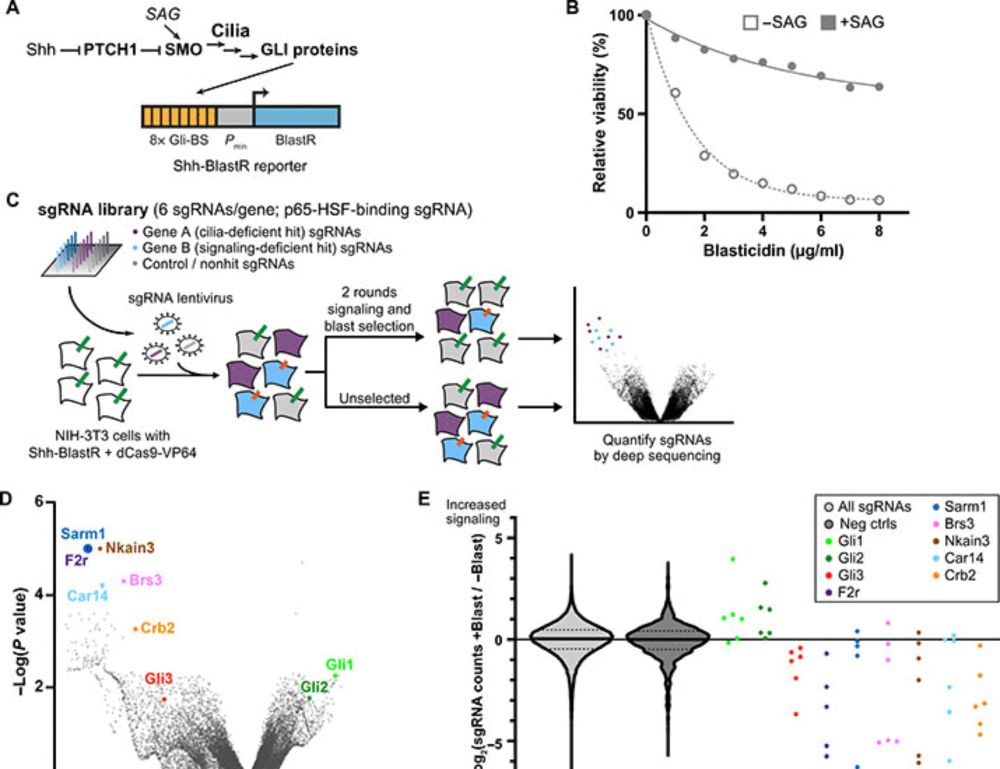
Brief summary: we used a genome-wide CRISPRa GOF screen to identify negative regulators of ciliary signaling...

If you are interested in sensory biology and esp in cilia, thermosensation, or interoception, and would like to join an interactive & supportive group - please email.
Please RT 🙏

If you are interested in sensory biology and esp in cilia, thermosensation, or interoception, and would like to join an interactive & supportive group - please email.
Please RT 🙏
Check out the preprint here ⬇️
www.biorxiv.org/content/10.1...

Check out the preprint here ⬇️
www.biorxiv.org/content/10.1...
Led by recent PhD Anjali Pandey w/ex-UG Maya Katz. Here we identify an asymmetric molecular mechanism that underlies symmetric context-dependent sensory plasticity in the AWC olfactory neuron pair in C. elegans
Led by recent PhD Anjali Pandey w/ex-UG Maya Katz. Here we identify an asymmetric molecular mechanism that underlies symmetric context-dependent sensory plasticity in the AWC olfactory neuron pair in C. elegans
We discovered that evolution, by acting in the midbrain, shifted the threshold to escape in Peromyscus mice, to fine-tune defensive strategies in different environments
www.nature.com/articles/s41...
This was a truly collaborative effort! 🧵⬇️
We discovered that evolution, by acting in the midbrain, shifted the threshold to escape in Peromyscus mice, to fine-tune defensive strategies in different environments
www.nature.com/articles/s41...
This was a truly collaborative effort! 🧵⬇️
Lineage-resolved analysis of embryonic gene expression evolution in C. elegans and C. briggsae | Science www.science.org/doi/10.1126/...
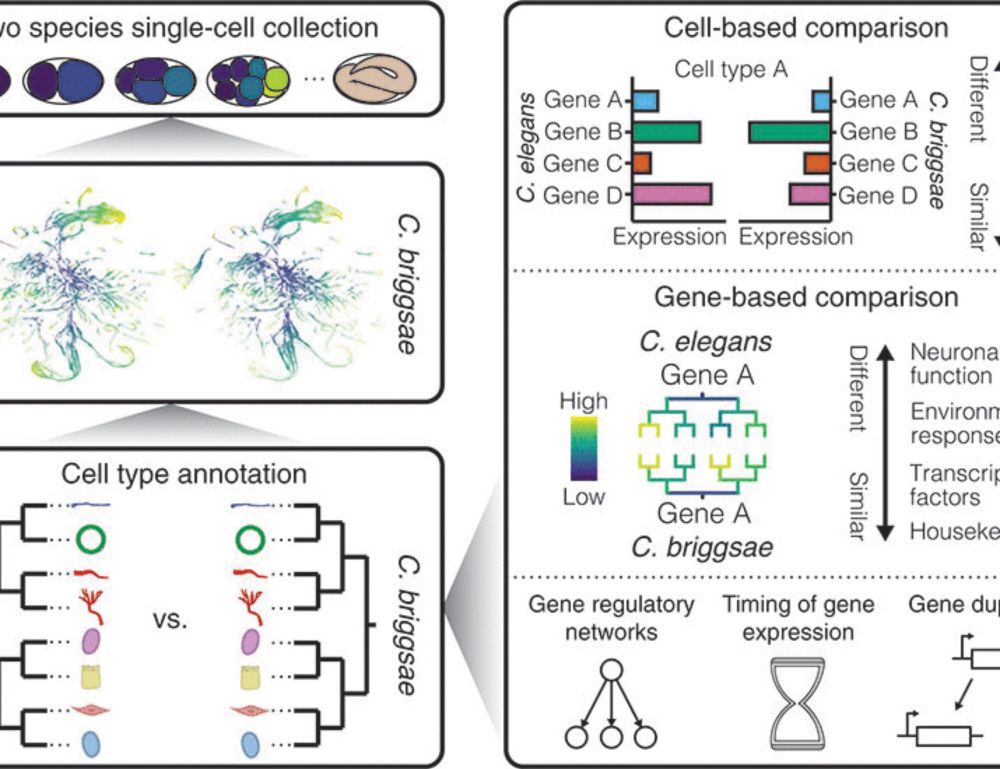
Lineage-resolved analysis of embryonic gene expression evolution in C. elegans and C. briggsae | Science www.science.org/doi/10.1126/...
uwhires.admin.washington.edu/ENG/Candidat...
uwhires.admin.washington.edu/ENG/Candidat...
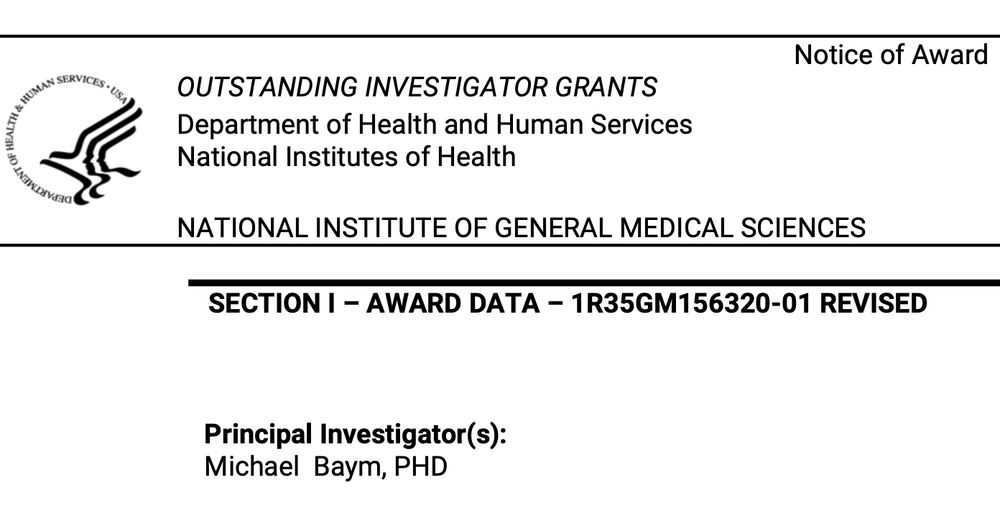
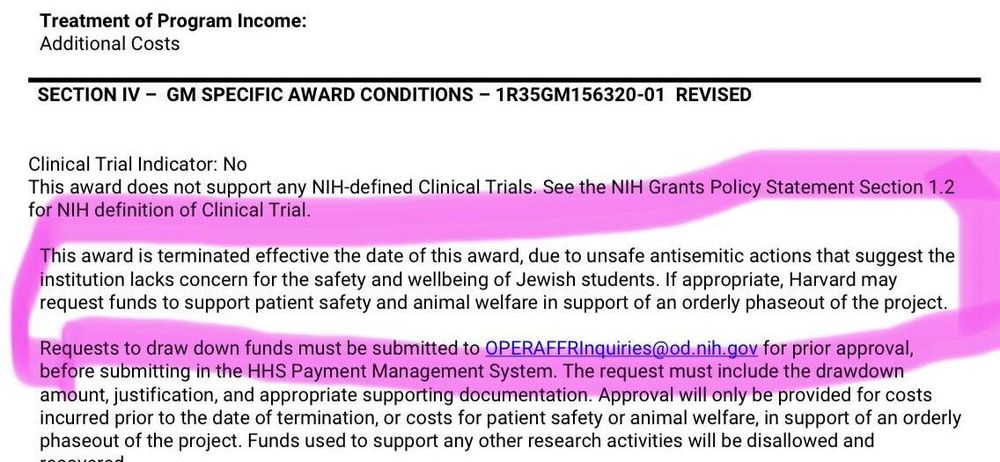
The renamed:
Bluesky-sized history of neuroscience (biased by my interests)
The renamed:
Bluesky-sized history of neuroscience (biased by my interests)
www.nature.com/articles/s41...

www.nature.com/articles/s41...
C. elegans sensory neurons have gorgeous #cilia. We’ve always thought that a) no cilia = no sensory responses, & b) no IFT = no cilia. Punchline is we thought wrong. Read paper for more!
#neuroscience
journals.plos.org/plosbiology/...
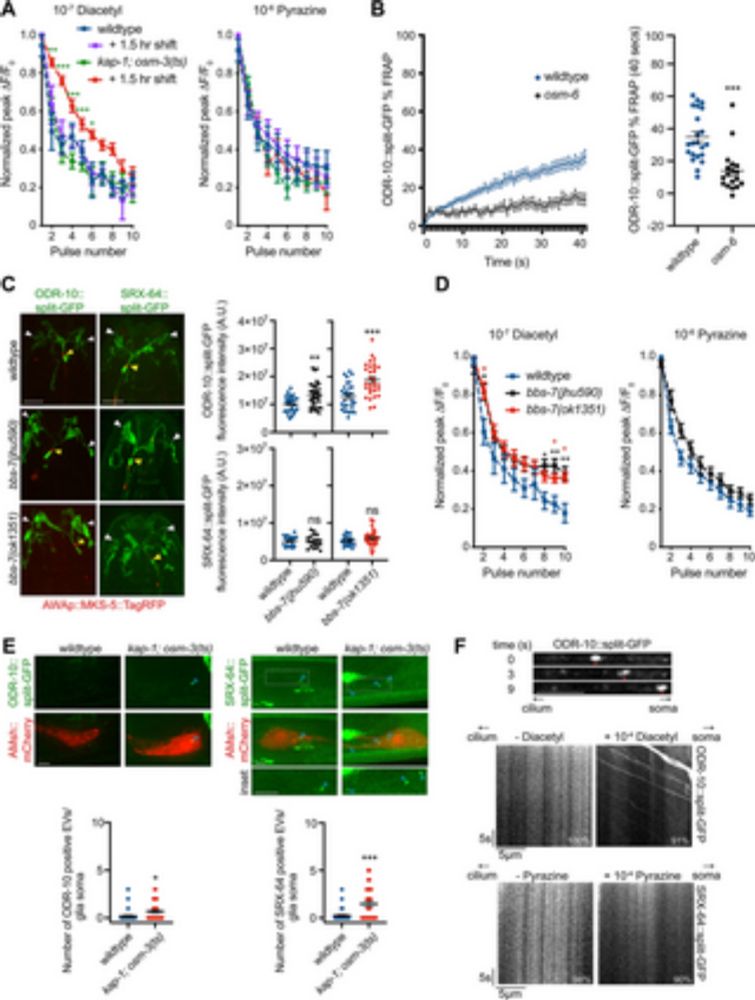
C. elegans sensory neurons have gorgeous #cilia. We’ve always thought that a) no cilia = no sensory responses, & b) no IFT = no cilia. Punchline is we thought wrong. Read paper for more!
#neuroscience
journals.plos.org/plosbiology/...

